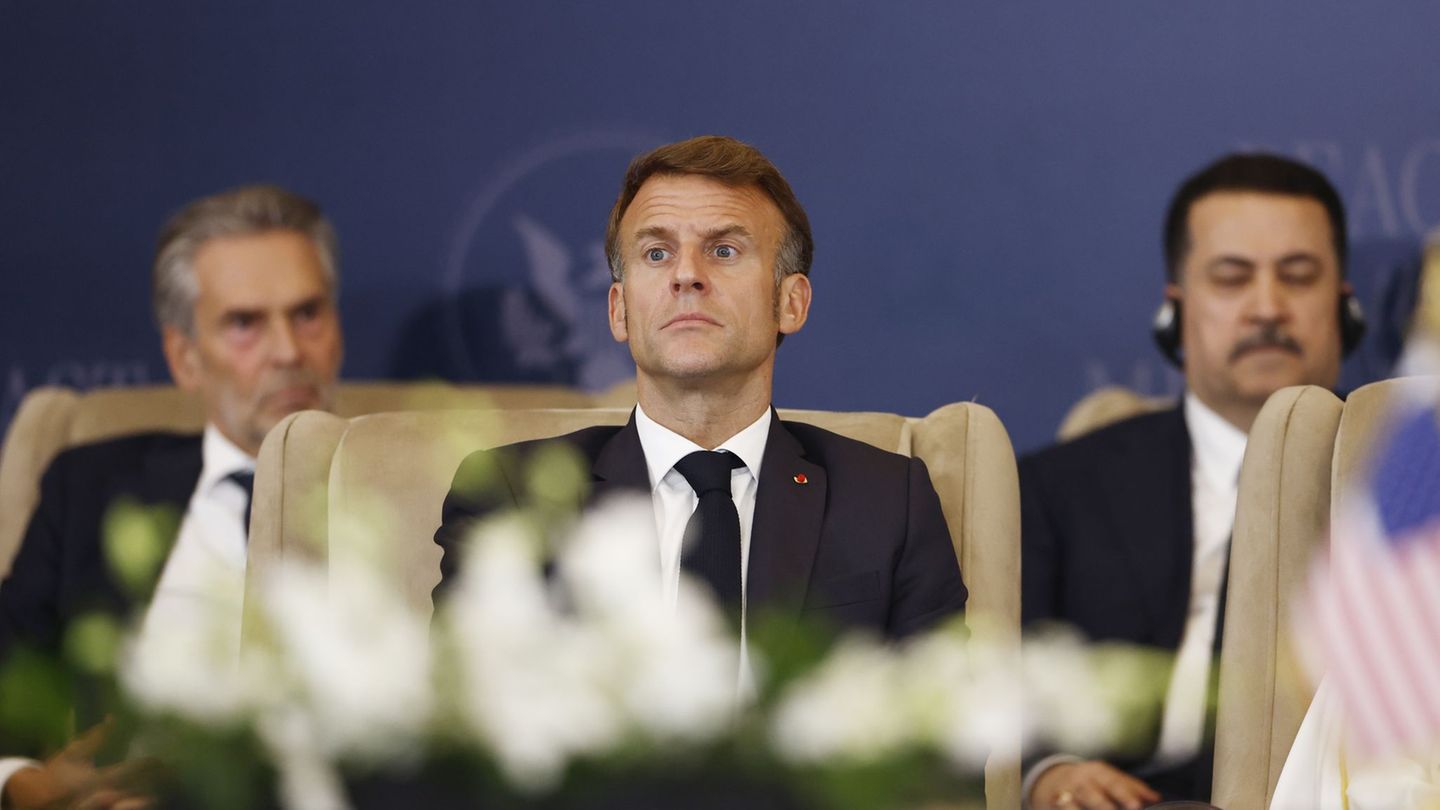Seasonal Impact
For the Eco Go consultancy, inflation in October was 6.6%, thus accumulating 75.8% in the first ten months of the year, and 87.7% in the interannual measurement. Regulated prices varied 5.5%, which is why they contained the indicator, pushing prices down. While the seasonal ones climbed 10.6%, and are close to three digits: so far this year they have accumulated an increase of 99.1%. The chapters that increased the most in the month were: health (8.8%), recreation (8.7%) and clothing (8.2%).
The Eco Go report shows that food was above inflation by closing at 7%. It was driven by fruits (15.2%), vegetables (13.4%) and dairy products (8.9%), while meat rose 4.2% and has been driving downwards for five consecutive months. It is in this context that the Government launches Fair Prices, an agreement with mass consumption companies that will set prices for 2,000 products for four months, while the rest may rise up to 4% per month.
Effects of Fair Prices
Regarding the impact of Precios Justos on inflation, Rocío Bisang, an analyst at Eco Go, considered: “In the best of scenarios it can lower the index by 0.3 percentage points. Meat is ironed regardless of the agreement, because there are factors such as the drought that generates oversupply, and the closure of China.
For Claudio Caprarulo, director of Analytica, the estimated inflation in October was 6.9%. Regarding the effect of the Fair Prices program, he opined: “It will depend on the final percentage of the basket that the frozen goods represent, and also on its impact on inflationary expectations. In the best scenario, it can bring monthly inflation to an average of 5.6%. While if the adherence percentage is low and expectations do not find a new anchor, the best scenario is to maintain a cruise inflation of 6.5%”.
Along the same lines, Guido Lorenzo, director of the LCG consultancy, assured that for Fair Prices to work in lowering inflation, it has to be attacked on several fronts, to then gradually observe results. “If there is a plan implemented from the macroeconomic point of view, I see a chance, but the orthodox part has to be done, and if inertia is stopped with voluntary agreements, it may be that in a few months there will be a drop of some percentage point”he explained. In any case, he analyzed: “The frozen prices, are they going to set a reference for the rest of the goods, or are they going to be delayed? We will see when it is put into practice, as there are large companies that adhered to it, it can serve as a reference price. But if it only complies with leaving mass consumption products behind, then it will have little impact on the CPI”.
Meanwhile, for Lorenzo Sigaut Gravina, director of Equilibra, the Fair Prices agreement will not lower inflation, but will “neutralize” the effects of the coming defrost on regulated prices. “Fair Prices is stronger than Carebecause there are more products, it is a 4-month freeze, and it has a ceiling of 4% increase for the rest. But by the end of the year you have prices that were still, such as the rise in electricity, gas and water in November, and transportation in December, and an exchange rate that moves the same or faster than inflation. Therefore, it helps to moderate inflation in mass consumption and have an impact on the basic basket, but since it is not a great agreement on prices and wages, it does not work as an anchor, it neutralizes and compensates the other items”.
For Eco Go, the unfreezing of November rates after the segmentation was postponed will imply increases of 25.2% for water, 10% average for gas and 18% for light. “Fair Prices does not break the floor of 6% inflation, but if it were not there, you could be worse off,” concluded Sigaut Gravina.
Source: Ambito
David William is a talented author who has made a name for himself in the world of writing. He is a professional author who writes on a wide range of topics, from general interest to opinion news. David is currently working as a writer at 24 hours worlds where he brings his unique perspective and in-depth research to his articles, making them both informative and engaging.




